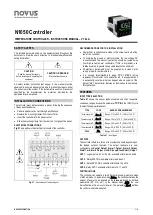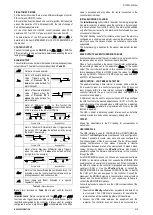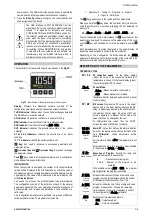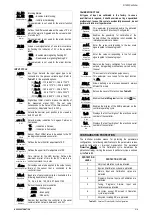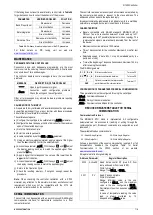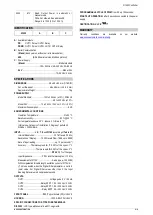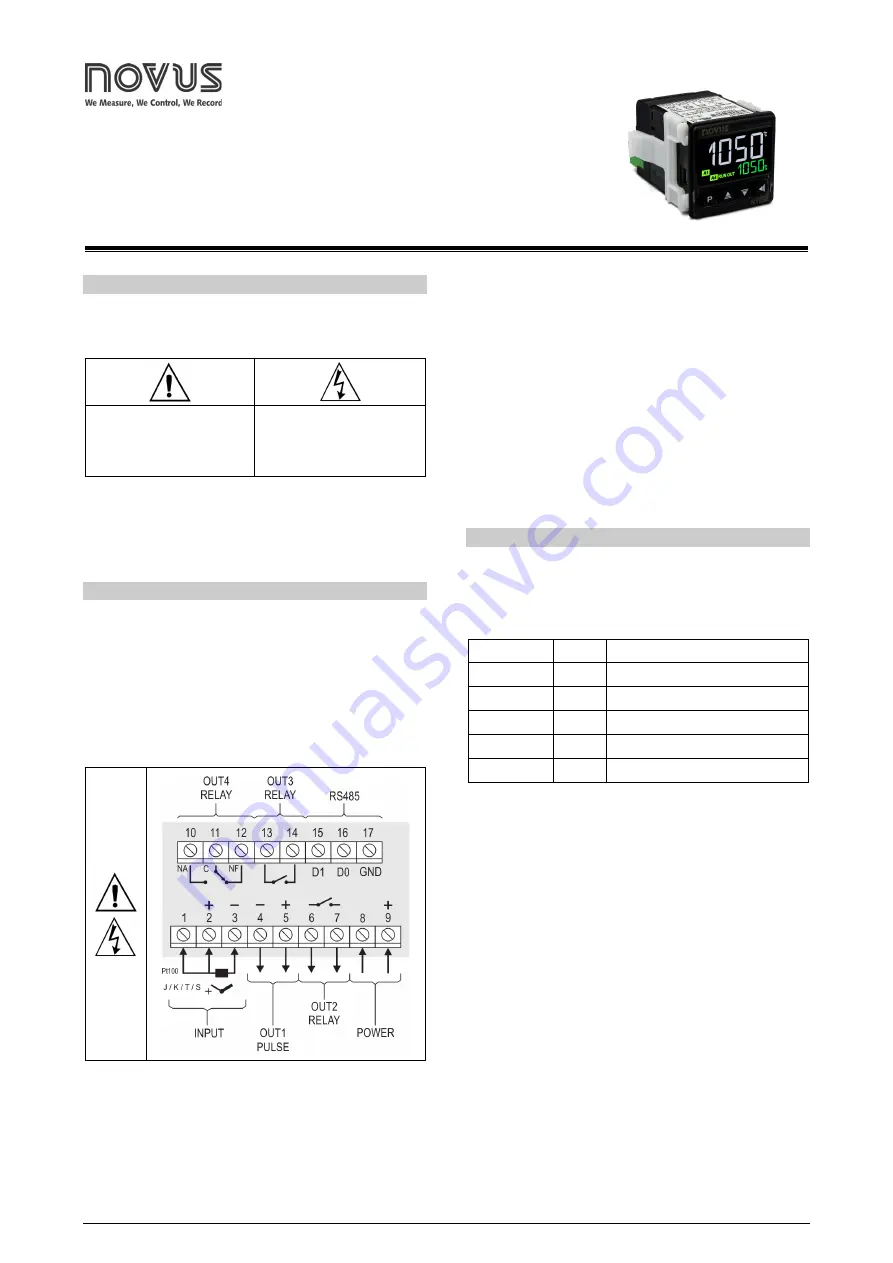
NOVUS AUTOMATION
1/8
N1050 Controller
TEMPERATURE CONTROLLER - INSTRUCTIONS MANUAL – V1.0x A
SAFETY ALERTS
The symbols below are used on the equipment and throughout this
document to draw the user’s attention to important operational and
safety information.
CAUTION:
Read the manual thoroughly
before installing and operating the
equipment.
CAUTION OR DANGER:
Electrical shock hazard
All safety related instructions that appear in the manual must be
observed to ensure personal safety and to prevent damage to either
the instrument or the system. If the instrument is used in a manner not
specified by the manufacturer, the protection provided by the
equipment may be impaired.
INSTALLATION / CONNECTIONS
The controller must be fastened on a panel, following the sequence
of steps described below:
•
Prepare a panel cut-out according Specifications;
•
Remove the mounting clamps from the controller;
•
Insert the controller into the panel cut-out;
•
Slide the mounting clamp from the rear to a firm grip at the panel.
ELECTRICAL CONNECTIONS
Fig. 01
below shows the electrical terminals of the controller:
Fig. 01
- Connections of the back panel
RECOMMENDATIONS FOR THE INSTALLATION
•
All electrical connections are made to the screw terminals at the
rear of the controller.
•
To minimize the pick-up of electrical noise, the low voltage DC
connections and the sensor input wiring should be routed away
from high-current power conductors. If this is impractical, use
shielded cables. In general, keep cable lengths to a minimum.
•
All electronic instruments must be powered by a clean mains
supply, proper for instrumentation.
•
It is strongly recommended to apply RC'S FILTERS (noise
suppressor) to contactor coils, solenoids, etc. In any application it
is essential to consider what can happen when any part of the
system fails. The controller features by themselves cannot assure
total protection
FEATURES
INPUT TYPE SELECTION
Table 01
shows the sensor types accepted and their respective
codes and ranges. Access the parameter
TYPE
in the INPUT cycle
to select the appropriate sensor.
TYPE
CODE
RANGE OF MEASUREMENT
Thermocouple
J
Tc j
Range: -110 to 950 °C (-166 to 1742 °F)
Thermocouple
K
Tc k
Range: -150 to 1370 °C (-238 to 2498 °F)
Thermocouple
T
Tc t
Range: -160 to 400 °C (-256 to 752 °F)
Thermocouple
S
Tc s
Range: -50 to 1760 ºC (-58 to 3200 ºF)
Pt100
Pt
Range: -200 to 850 °C (-328 to 1562 °F)
Table 01
- Input types
OUTPUTS
The controller offers two, three or four output channels, depending on
the loaded optional features. The output channels are user
configurable as
Control Output
,
Alarm 1 Outpu
t,
Alarm 2 Output
,
Alarm 1 or Alarm 2 Output
and
LBD (Loop Break Detect) Output
.
OUT1
- Logical pulse, 5 Vdc / 25 mA, available at terminals 4 and 5.
OUT2
- Relay SPST-NA. Available at terminals 6 and 7.
OUT3
- Relay SPST-NA. Available at terminals 13 and 14.
OUT4
- Relay SPDT, available at terminals 10, 11 and 12.
CONTROL MODE
The controller can operate in two different manners: Automatic mode
or Manual mode. In automatic mode (
auto
) the controller defines the
amount of power to be applied on the
process
, based on defined
parameters (SP, PID, etc.). In the manual mode (
MaN
) the user
himself defines this amount of power. The parameter
Ctrl
defines
the control mode to be adopted.

